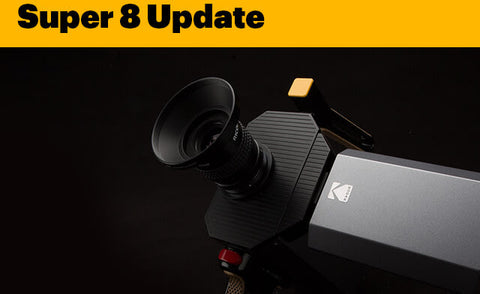
Today we are featuring Daniel Rodriguez, San Diego Photographer.
Follow Daniel's work: Website / Twitter / Instagram 1 / Instagram 2

My name is Daniel Rodriguez and I'm from North San Diego County, California. I first got in to photography when I was in high school after seeing Glen E. Friedman's work of legendary hardcore bands such as Black Flag, Minor Threat, and Bad Brains. Pretty soon after that I started shooting local hardcore/punk rock shows with disposable cameras. I really wanted to take a photo class but my high school didn't offer one, so I did the next best thing and joined the yearbook staff. I had access to film SLRs and a limitless supply of Kodak Gold 200 that I would take to shows every now and then. I shot film on and off after high school but I started taking it more seriously in 2007. All I really knew about the world of photography was what my yearbook instructor had told me, "Get candid shots/natural shots of people hanging out. Try not to get posed or stiff looking photos of people". I just shot whatever was going on around me at the time: parties, punk shows, people skateboarding, or my friends hanging out at the local taco shop late at night after a show. I took some photo classes at my local community college and realized that the style of shooting I was used to was really similar to street photography. I don't necessarily consider myself a street photographer, but that's probably the best way to describe my style of shooting.

Its kinda tough to explain why I shoot with film. Die hard digital shooters argue that film can be too complicated and that there's a large chance that you can screw up your negatives but I disagree. Sure, developing and scanning takes some time but it just seems easier and it makes more sense to me. If you give me a set of constraints and tell me "do what you can with these tools and their limitations", I'm going to learn the tools inside and out and how to work with their limitations. I guess I've gotten used to doing "more with less". I know that I will get the look I want if I push my film X amount of stops and my editing process is much easier. Fix my contrast, take out the dust spots, crop and I'm done. I don't knock digital, but I feel like its easy to get lost in all the sliders and adjustment bars with raw/digital editing

What I shoot with is dictated by what I'm going to be shooting. If the venue I'm shooting has a "no professional cameras" photo policy then I'll sneak in with my Fuji Klasse S loaded with Tri-X (usually pushed to 1600 or 3200) and a Fuji GA Strobe just in case I need more light. If I'm shooting a DIY punk show or a show at a venue that doesn't mind SLRs, I'll bring my Nikon N80 with Tri-X, my 18-35mm lens, and a couple of speed lights, triggers and gorilla pods to mount on the walls/speakers. For my personal stuff I've been using either my Konica Big Mini HG with Ektar if I'm just hangin' around with friends or my Fuji GW690ii with Fuji Pro 400H for more serious stuff.

The concert photos are all shot using the same technique: Tri X Pushed to 1600 or 3200 with extra lighting provided by speed lights. I use this technique because punk shows don't always have the best lighting and sometimes they're in random places with only a single light bulb to light the "stage". These types of places/lighting conditions might make other photographers cringe but I really enjoy the challenge. As much as I love flash photography for the gigs I shoot, I tend not to use flash for my personal stuff. My first Nikon N80 had a broken flash bulb and I used it for years before I got in to using speed lights and that really helped me "look for light". By the time I got a fully functional N80 I had already developed a habit of ignoring my flash/speed lights with color film.



















